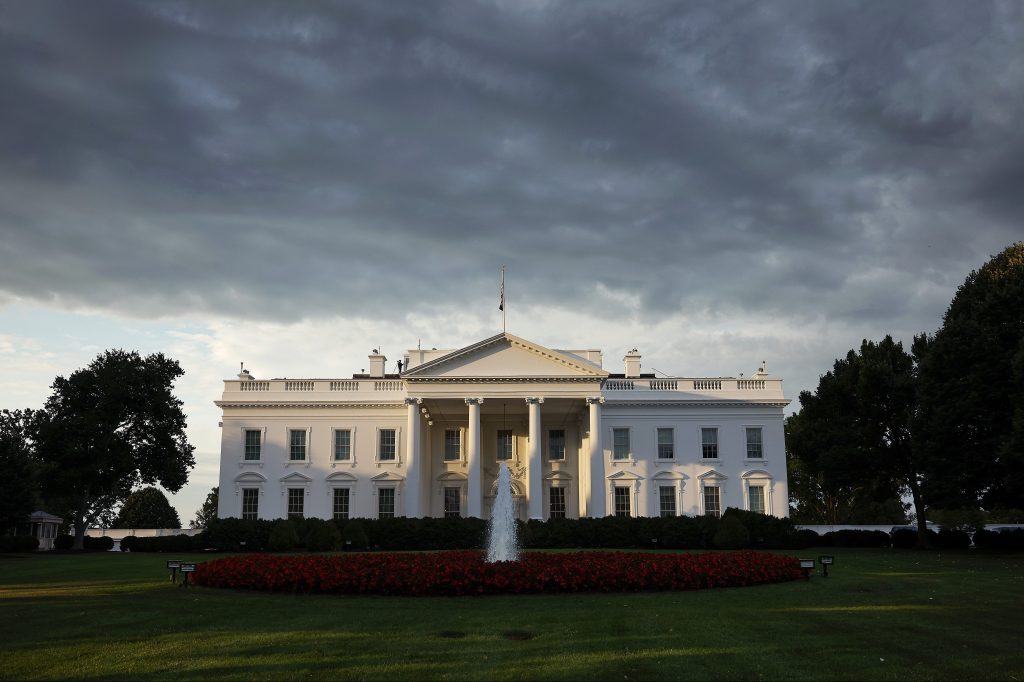The SEC’s proposed rule on artificial intelligence and predictive data analytics – announced in July 2023 – is considered one of several efforts to update financial regulation for the meme-stock era.
At the time the proposed rule was unveiled, SEC Chair Gary Gensler said it was about more than just disclosure. It was, he said, about whether these analytics have something built into them that optimizes in our interest, or optimizes to benefit financial firms.
But Gensler’s AI initiative has met strong opposition from financial services firms, industry advocacy organizations and Capitol Hill.
And the lone panelist from the securities regulator on a conference panel focused on the proposal at SIFMA’s annual gathering of legal and compliance professionals could hear that opposition loud and clear. (All panelists were considerate of each other, of course.)
Tech tools and conflicts of interest
Speaking on the SIFMA event panel on the SEC’s proposed rule governing how brokerages and investment management firms use AI and predictive analytics were:
- David Ryan (Assistant Director, SEC Division of Trading and Markets);
- Kate Ring (CCO, Stash);
- Lucas Moskowitz (GC, Robinhood); and
- Justin Chretien (shareholder, Carlton Fields and a former FINRA enforcement senior director).
The panel was moderated by Nayra Calderon Najera, CCO at EFG Capital International.
As Ryan explained, the SEC’s proposal is designed to push broker-dealers and investment advisers to neutralize or eliminate conflicts of interest created by algorithms that predict, guide or forecast investor behavior.
This means the agency would, in certain cases, be holding these algorithms to a similar standard as investment advice.
Ryan emphasized the SEC was combing through the many comments it has received. He also reiterated several times that the rule is just a proposal at this stage. And he pointed out that “neutralizing” a conflict of interest, not just eliminating it, was expressly mentioned as a remedy in the rule proposal.
He said the agency can appreciate that commentators have warned about the sheer breadth of the technology encompassed by the rule – which could include spreadsheets, graphic design elements, calculators and natural language processing, along with other routine technologies used in investing – if the current wording of the rule remains unchanged.
Ryan said the agency is working on clarifying these points and what technologies should and would be encompassed.
Covered technology
Moskowitz explained why Robinhood has been so outspoken about its concerns around the rule proposal. He said there would just not be any limitation on what “covered technology” the SEC would control, and it would impose excessive burdens and costs on firms that use this covered technology to interact with investors – including technology that investors specifically seek out.
He saw little to no distinction between the words “neutralize” and “eliminate.” And he said there is nothing that Reg BI and fiduciary duty standards cannot handle, which would make this rule necessary to prevent conflicts of interest from going unchecked.
Robinhood submitted a letter to the SEC to express its many concerns last year, and its leadership has spoken about them at industry events and to news outlets.
Moskowitz and Ring emphasized that retail investors turn to their businesses specifically for the ease of access their company platforms provide to the market – especially for those people who would not otherwise use a traditional brokerage firm. They wondered if such investors would leave the market altogether if the technology was either unavailable or severely restricted by rulemaking.
Investors
Chretien pointed out that, with investment advisers at least (not broker-dealers), the predictive analytics rules will apply with respect to covered technology used in interactions with all clients of an investment adviser, including institutional investors, plus investors in registered funds and certain private funds.
And, as a former SEC official, he wondered why the SEC’s typical disclosure regime was being supplanted by an “eliminate or neutralize” one.
He said the rule, if implemented in its current form or a close approximation, would impose a lengthy and involved evaluation process regarding new and existing technologies that would take up significant firm time and resources and be ongoing in nature.
Imposing this new standard is a significant deviation from existing practice, he noted.
Registered firms have historically been permitted or required to provide full and fair disclosure of any conflict and obtain informed consent from the client. This practice was specifically mentioned in the Commission’s interpretation of Reg BI when it was adopted in 2019. In those instances, elimination of the conflict is only required when it cannot be addressed through full and fair disclosure or mitigated.
(Gensler has said in public comments that artificial intelligence is uniquely unfit for a disclosure-based regime.)
What if your firm is the technology?
Certainly, Moskowitz and Ring are concerned about the question on this subsection, as their tools are premised on algorithms and design elements that help retail investors create investment portfolios. They don’t just have technology covered by the rule – they are the covered technology.
And although other firms, like Charles Schwab and Fidelity Investments – both of which are urging the SEC to withdraw its proposal – have significant resources, Ring wondered how other businesses would be able to weather the competitive disadvantage.
She and Moskowitz were unsure how firms could avoid passing the economic burden down to investors.
At a congressional hearing in September, members of both parties criticized the scope of the proposal, with 20 members sending a letter to Chair Gensler to scale back the rule, for many of the same reasons noted by the panelists.
When Calderon-Najera asked if Moskowitz and Ring could live with a watered-down version of the proposal that at least addressed some of their concerns, each of them waited a good seven seconds before indicating they might.
The true meaning may have been, “Yes, but only because we’d have no choice – and we’ll see what happens in court,” but it was an apprehensive answer.
For now, we await the final iteration of the rule.













